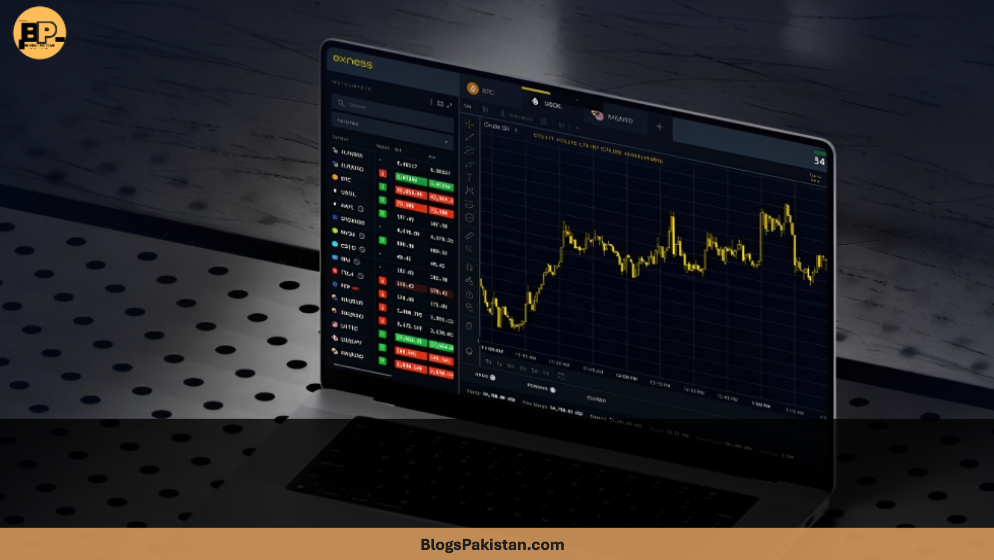If you thought the global economy was finally done throwing Tariffs curveballs after the pandemic and inflation spikes, well, you haven’t been paying attention to the latest trade war drama. The United States has officially brought out its favorite economic weapon: tariffs. And, as expected, Asian stock markets and global commodities didn’t exactly throw a welcome party.
This isn’t just another round of diplomatic chess—these new tariffs are already sending tremors through Hong Kong, Tokyo, Shanghai, and even your cousin’s crypto portfolio in Karachi. For traders and investors from Lahore to Lucknow, it’s time to rethink the playbook. Let’s break down what’s happening, why it matters, and how to keep your money from evaporating faster than an ice cream cone in June.
US Tariffs & Asian Markets: A Match Made in Volatility
What’s Actually Happening?
The US government has hiked tariffs on everything from steel to textiles, with some goods (hello, Chinese exports) facing duties soaring up to 54%. The ripple effect? Asian manufacturing giants like Japan, South Korea, Vietnam, Thailand, and China have been hit where it hurts most—their export-led economies.
Asian stock exchanges quickly reflected the pain:
- Hang Seng: Down over 13% during volatile sessions
- Nikkei 225: Suffered a 7.8% drop
- Shanghai Composite: Wild swings, with brief relief rallies
Analysts didn’t mince words—one even called the scene a “bloodbath.” It’s the kind of drama that makes Bollywood look subtle.
Why Should Pakistan and India Care?
Both countries are deeply plugged into the global supply chain. When tariffs choke export markets, local manufacturers, exporters, and even IT companies (outsourcing, anyone?) feel the heat. Plus, millions of South Asians invest in or follow global equities and commodities.
Asian Indices to Watch: Where is the Action?
Let’s make it easy for you—here are the key Asian indices to keep an eye on when trade wars heat up:
NIFTY 50 (India)
A basket of 50 major companies across India, giving a pulse of the nation’s economic health.
Nikkei 225 (Japan)
Japan’s pride and joy, but heavily reliant on auto and electronics exports (now more expensive, thanks to tariffs).
Hang Seng Index (Hong Kong)
The ultimate China proxy—if Beijing sneezes, Hang Seng catches a cold.
Straits Times Index (Singapore)
A neat barometer for South-East Asia’s financial heartbeat.
KOSPI (South Korea)
South Korea’s tech and auto stocks are especially sensitive to trade drama.
Shanghai Composite (China)
The main stage for China stocks, reflecting both local policy moves and global sentiment.
Why Are Markets So Sensitive?
Asia’s miracle growth is built on exports. When the US, the world’s biggest consumer, starts taxing Asian goods, profits shrink, job growth slows, and markets go on a rollercoaster ride. Even temporary truces, like the US and China briefly lowering tariffs, only offer short-lived rallies.
To make things spicier, uncertainty in Chinese economic policy is a major reason for the stock market’s mood swings from Mumbai to Manila.
Navigating the Chaos: What Should a Smart Trader Do?
1. Diversify, Diversify, Diversify!
No, this isn’t just something your uncle says at weddings. Diversification truly helps. Indices spread your risk across companies and sectors.
2. Look Beyond Traditional Assets
When stocks go wild, alternatives come into play. Enter:
Bitcoin – The Digital Wildcard
Bitcoin is like the unpredictable cousin who sometimes saves the day but occasionally sets the kitchen on fire. As a decentralized asset, it’s theoretically free from direct US or Chinese policy whims. But remember, theory and practice are two different things.
How does Bitcoin fare during trade wars?
- Sometimes, it acts like digital gold—rallying when stocks fall.
- Other times, it gets lumped in with risky assets and declines alongside shares.
- Regulatory crackdowns (imposed to stop capital flight) can tank prices.
- Tariffs on mining hardware? Ask Chinese miners—they’re feeling the squeeze as hardware costs rise.
Recent Example: Early 2025 saw Bitcoin drop 13% in sync with equities as trade tensions spiked. But when the US and China paused their trade spat, Bitcoin shot past $105,000 right alongside market rallies. Moral: Bitcoin is unpredictable but worth watching as a hedge.
Oil – Fuel for Speculation
Oil doesn’t just fuel cars—it powers economies. Trade wars, especially between giants like the US and China, can slow global growth and cool oil demand.
- IEA’s forecast: 2025 will see the slowest oil demand growth in five years.
- Brent crude: Recently slipped to $64 per barrel, the lowest in four years.
Why the drop?
- China buys a lot of oil. Tariffs and slowdowns there mean less demand.
- If US politicians push to increase American oil output, supply could surge, pushing prices down further.
- Lower prices = less activity for oil exporters (like the Middle East, Russia, and Nigeria).
Are There Any Silver Linings?
Opportunities Amid Chaos
- Short-term traders: Volatility is a dream if you’re nimble and disciplined.
- Hedgers: Defensive stocks, gold, and sometimes Bitcoin can offset losses elsewhere.
- Long-term investors: Market crashes often present buy-the-dip opportunities—if you have nerves of steel (or at least, nerves of stainless steel).
Pro Tips for Navigating Trade War Madness
- Track central bank moves: Rate cuts or liquidity boosts (like China’s recent lending rate reduction) can lift markets—temporarily.
- Watch for policy news: Any sign of a trade truce or tariff reduction can send stocks soaring (and vice versa).
- Stay flexible: The only constant is change. Be ready to switch strategies as political headlines evolve.
What Does the Future Hold?
The trade war era isn’t going away soon. Even if the US and China kiss and make up for a moment, underlying tensions remain. For the foreseeable future, Asia’s export economies will be whipsawed by every tweet, tariff, and policy pivot from Washington and Beijing.
For those in Pakistan and India, the lesson is clear: Stay informed, spread your bets, and don’t put all your rupees (or crypto) in one basket. In this new normal, agility and awareness beat blind optimism every time.










